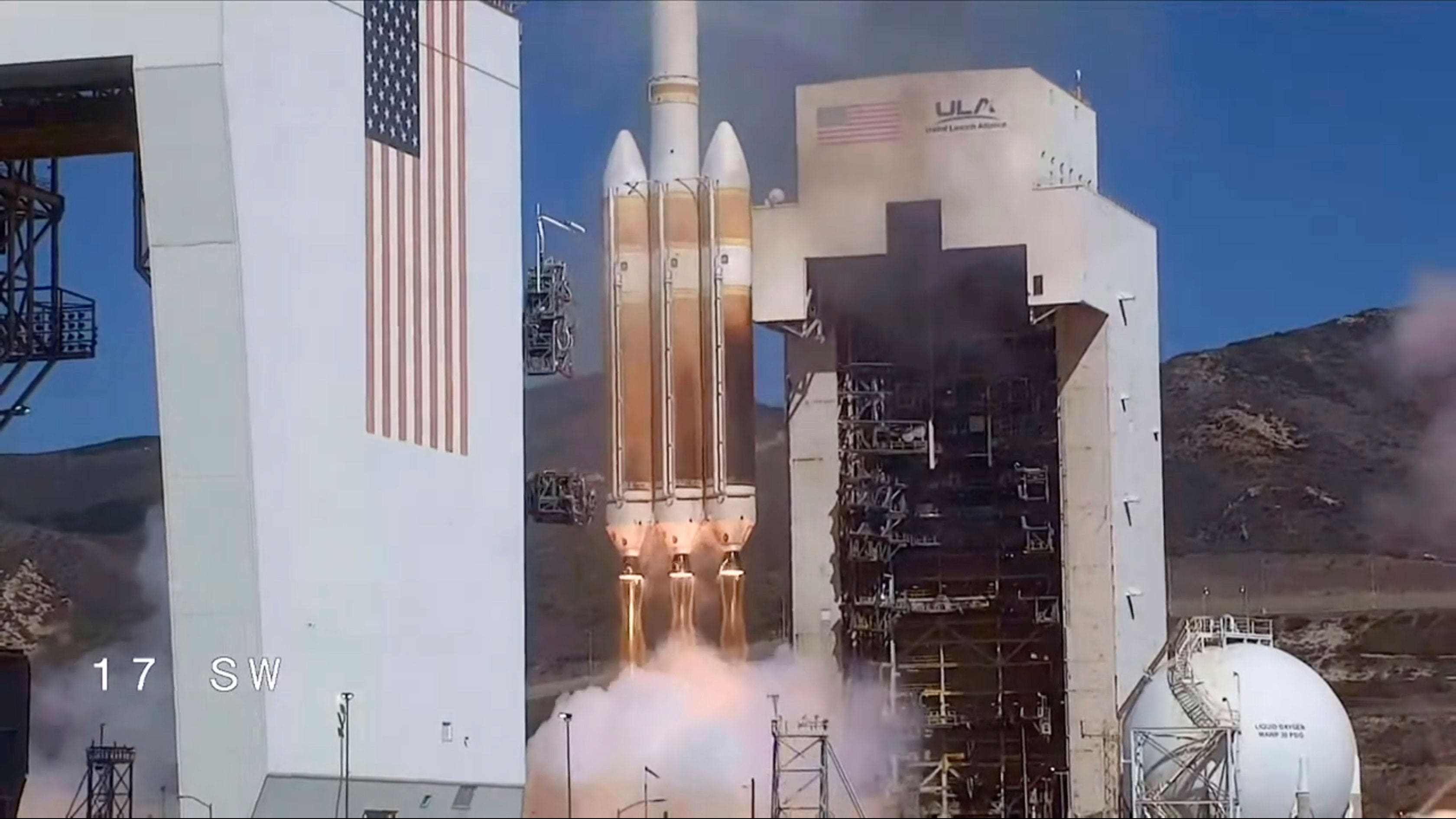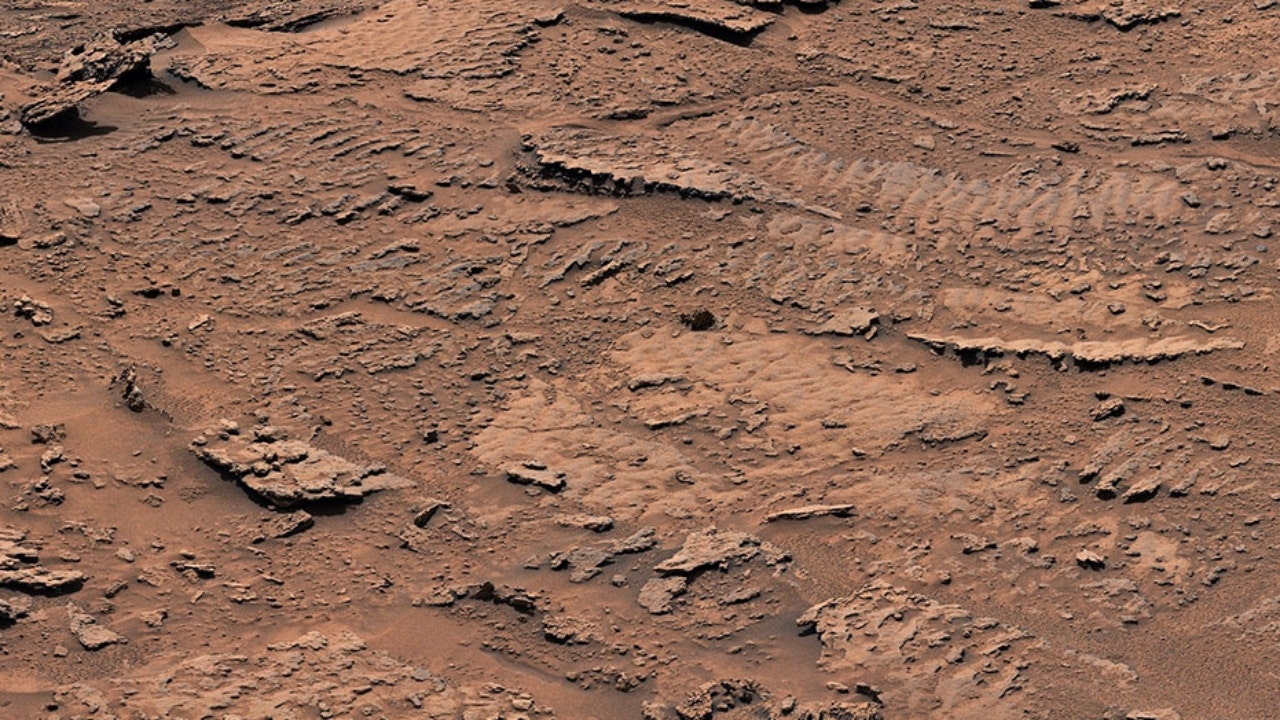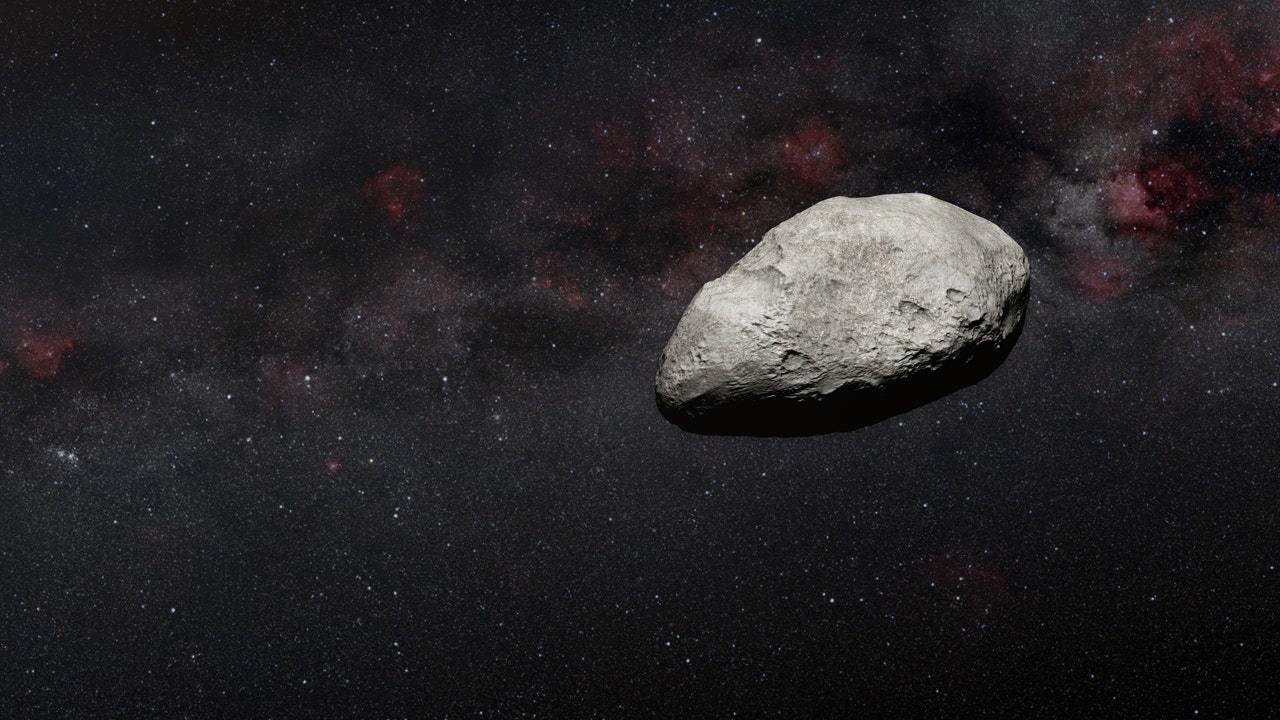Aerospace Corp. CEO predicts swarm of AI-controlled ‘hyper-intelligence satellites’: ‘Almost like Hal 9000’
Isakowitz predicted that people will be living on Mars within the next 15-20 years
Aerospace Corp. CEO says some people will learn to live on Mars in 15-20 years
Steve Isakowitz discusses future spaceflight, AI-controlled ‘hyper-intelligent’ satellites.
The Aerospace Corporation President and CEO Steve Isakowitz said he anticipates the future of space exploration and defense will include AI-controlled satellites and permanent living on the surface of the Moon and Mars.
Speaking with Fox News Digital at the Milken Global Conference on May 4, Isakowitz noted that NASA has been using artificial intelligence (AI) for many years in Mars rovers because of the time it takes to communicate back and forth with Earth. The rover needed to know where to go and how to do so safely to combat the delay. Today, with the expansion in capabilities of AI and smaller, more affordable computer chips, advanced AI tech can now be packed into the satellites orbiting Earth.
"I do think we're entering an age where we're going to have hyper-intelligence satellites, satellites that will not just be dumb cameras that are looking at the Earth and just filming everything, but you could tell it what to look for. So, don't just take pictures of the Pacific Ocean. Look for these kinds of tankers or look for these kinds of ships or look for these kind of warships or these kind of airplanes where you actually have the satellite. Know what it's looking at that has the intelligence to know if it doesn't feel well," Isakowitz said. "Almost like Hale 9000 from the movie 2001: A Space Odyssey."
AI: IT'S ALREADY '2001' IN SPACE EXPLORATION AS SCIENTISTS UNRAVEL MYSTERIES OF DEEP SPACE

In this photo released by United Launch Alliance, a classified satellite for the U.S. National Reconnaissance Office is launched into orbit aboard a United Launch Alliance Delta 4 Heavy rocket on Saturday, Sept. 24, 2022, at Vandenberg Space Force Base in California's Santa Barbara County. (United Launch Alliance)
These satellites, according to Isakowitz, could tell people when a piece of its infrastructure is breaking down or talk to swarms of satellites that could act as a "cluster" to complete a mission. Isakowitz said giving satellites autonomous capabilities is essential when there are thousands of satellites, with the potential to crash into each other, being put up every year. In 2018, 2,027 active satellites were orbiting the Earth. In 2022, that number rose to 6,905, according to Statista data.
Isakowitz also noted that the goals of today's space programs are much different than decades prior. While the early days of NASA and other space-related ventures were focused on the "cutting edge of the frontier" and being first, today will involve many more players in space, not only in the U.S. government and commercial but also international groups. Isakowitz referred to this new era as "the opening of the frontier of space," a time when the cost of getting to space has dropped dramatically and the capabilities of satellites have gone way up.
"Some people don't realize that we are going back to the Moon. But unlike the Apollo program, we're going back to stay," Isakowitz said. "We're looking to actually establish permanent capabilities. And we're not just going to the Moon to see what the Moon looks like. We're actually going to the parts of the Moon, particularly the South Pole, where we actually think there's water resources. With water resources, it would be able to sustain life, potentially create the kind of rocket fuel that could sustain a significant activity on the Moon and would also provide the groundwork that would allow us to learn of how to get to Mars."
Isakowitz predicted that within the next 15–20 years we will see the first individuals stepping foot and learning to live on the surface of Mars.
NASA AI MODEL COULD HELP WORLD PREPARE FOR IMPACT OF SOLAR STORMS

Billions of years ago, waves on the surface of a shallow lake stirred up sediment at the lake bottom. Over time, the sediment formed into rocks with rippled textures that are the clearest evidence of waves and water that NASA’s Curiosity Mars rover has ever found. (Credits: NASA/JPL-Caltech/MSSS)
Isakowitz also predicted that with this rapid technological acceleration, the cost of space flight for the average citizen could drop significantly. He compared space flight to any new technology, such as a cell phone or a computer. As demand grows, the price slowly begins to drop.
"It's true today that if you want to go into orbit in space, it's millions of dollars. If you want to go to the edge of space for a few minutes. It's hundreds of thousands of dollars. But if you're trying to get it down to tens of thousands, singles of thousands, it's going to take time. I think as demand grows and people feel just like flying on an airplane, that it's safe to do it, and it becomes affordable," Isakowitz said.
CURIOSITY MARS ROVER FINDS THE 'BEST EVIDENCE' OF ANCIENT WATER IN RIPPLED ROCKS

An illustration of an asteroid. In September the DART mission from NASA successfully diverted the course of the asteroid Dimorphos. (Credits: ARTWORK: N. Bartmann (ESA/Webb), ESO/M. Kornmesser and S. Brunier, N. Risinger (skysurvey.org))
But while the future of space flight and exploration is filled with promise, the present has also included some monumental achievements. In September 2022, it was revealed that NASA successfully altered the orbit of an asteroid for the first time in history, crashing a spacecraft into the asteroid Dimorphos as part of the Double Asteroid Redirection Test (DART).
"You know, the old joke, do you know why the dinosaurs went extinct? Because they didn't have a space program? Well, on a more serious note is because today we can observe it, those asteroids, we can actually move those asteroids," Isakowitz said. "We can mine those asteroids and actually take the mineral wealth from those asteroids to get some of the rare earth materials that we need. This is some really exciting, almost sound sci-fi kind of activity that's going on today."


